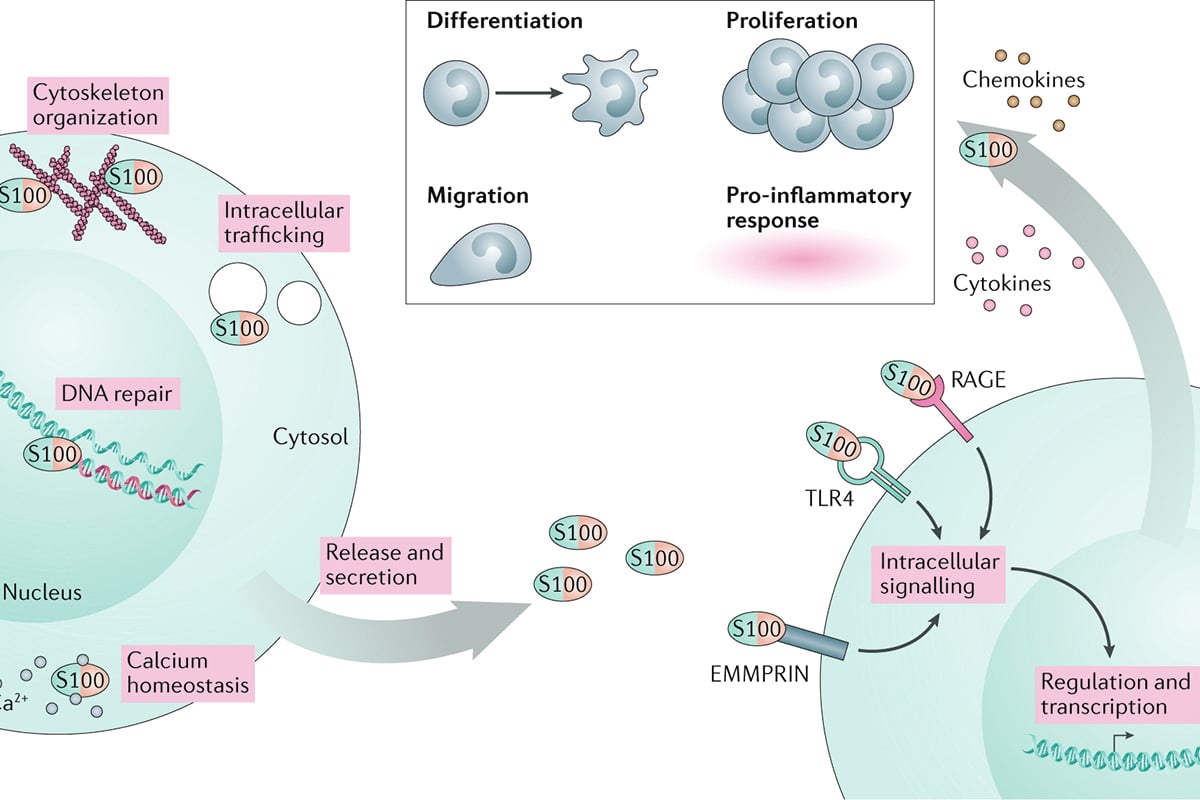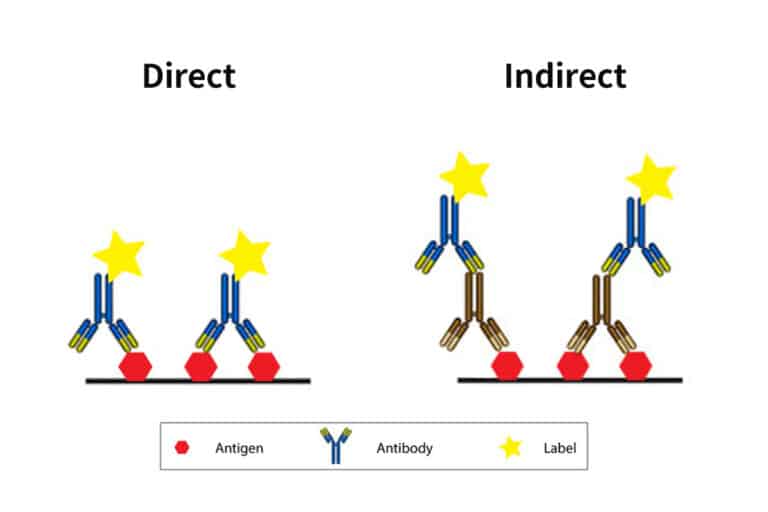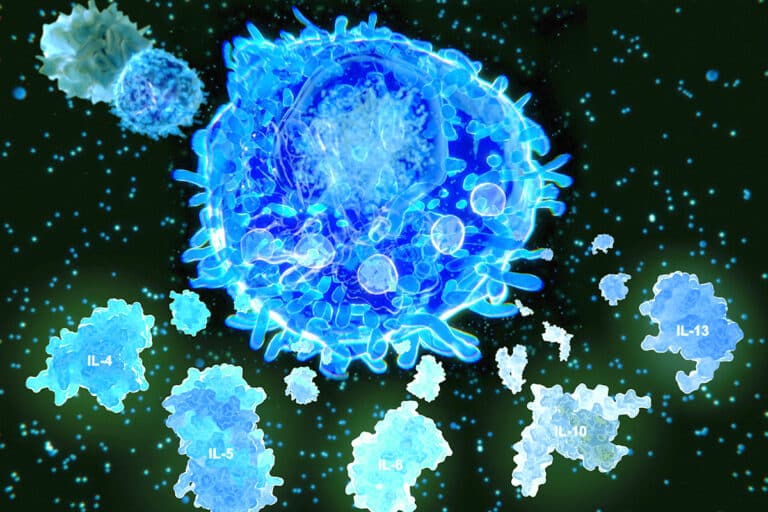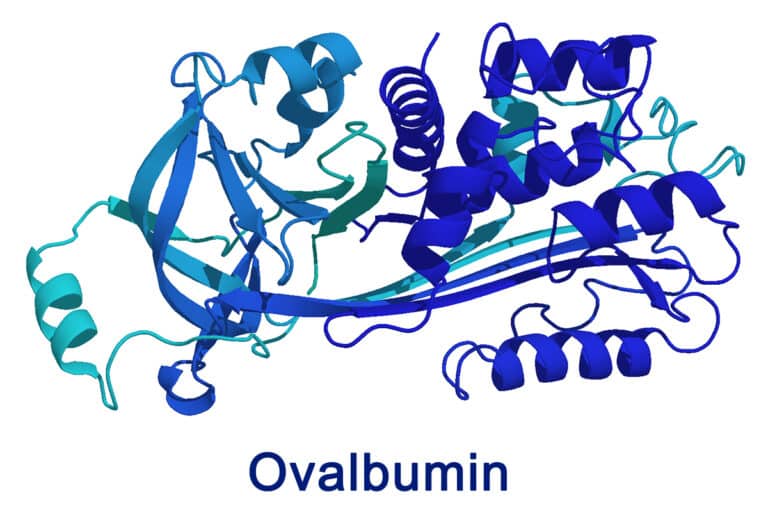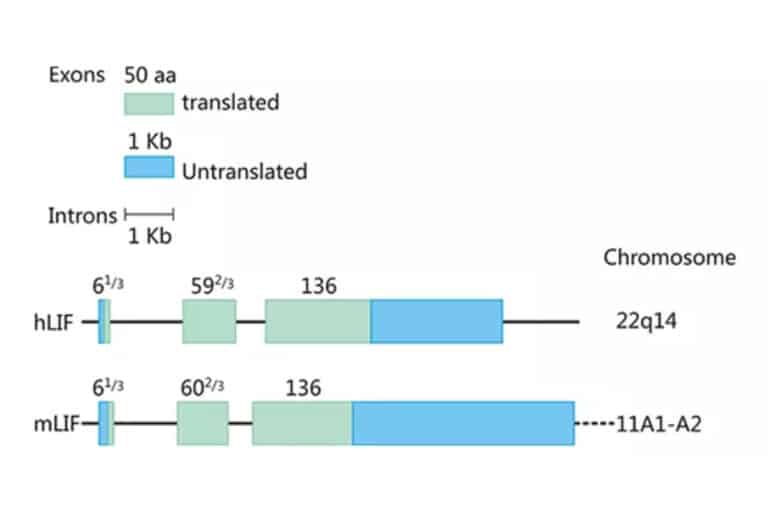S100 Protein Introduction
S100 Protein Introduction
What’s S100 Protein?
The S100 proteins are a family of low molecular-weight proteins found in vertebrates, characterized by two calcium-binding sites that have helix-loop-helix (“EF-hand-type”) conformation. The S100 protein family is composed of 21 members that exhibit a high degree of structural similarity, but are not functionally interchangeable. S100 family members function as intracellular Ca2+ sensors and extracellular factors. S100 made by many different types of normal, healthy cells including cells in the skin, salivary glands, fat, cartilage, and nerves. Tumours that start from these types of tissue may also make S100. Once the S100 protein is made, it is held in both the nucleus and cytoplasm of the cell. The nucleus is the part of the cell that holds most of the cell’s genetic material (DNA) while the cytoplasm is the body of the cell that surrounds the nucleus.
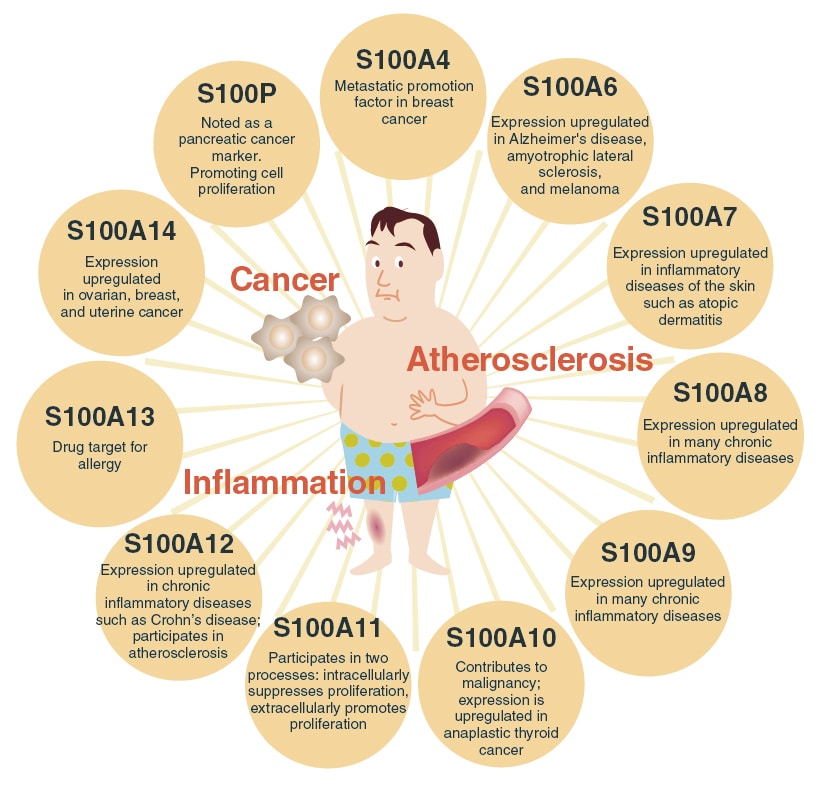
What Does The S100 Protein Do?
The S100 proteins, a family of calcium-binding cytosolic proteins, have a broad range of intracellular and extracellular functions through regulating calcium balance, cell apoptosis, migration, proliferation, differentiation, energy metabolism, and inflammation.
Dysregulated expression of multiple members of the S100 family is a common feature of human cancers, with each type of cancer showing a unique S100 protein profile or signature. Emerging in vivo evidence indicates that the biology of most S100 proteins is complex and multifactorial, and that these proteins actively contribute to tumorigenic processes such as cell proliferation, metastasis, angiogenesis and immune evasion. Drug discovery efforts have identified leads for inhibiting several S100 family members, and two of the identified inhibitors have progressed to clinical trials in patients with cancer.
What produce S100?
- Skin – Melanocytes and Langerhans cells
- Salivary glands – Myoepithelial cells
- Fat – Adipocytes
- Cartilage – Chondrocytes
- Nerves – Schwann cells
- Brain and spinal cord – Glial cells
- Lymph nodes – Dendritic cells
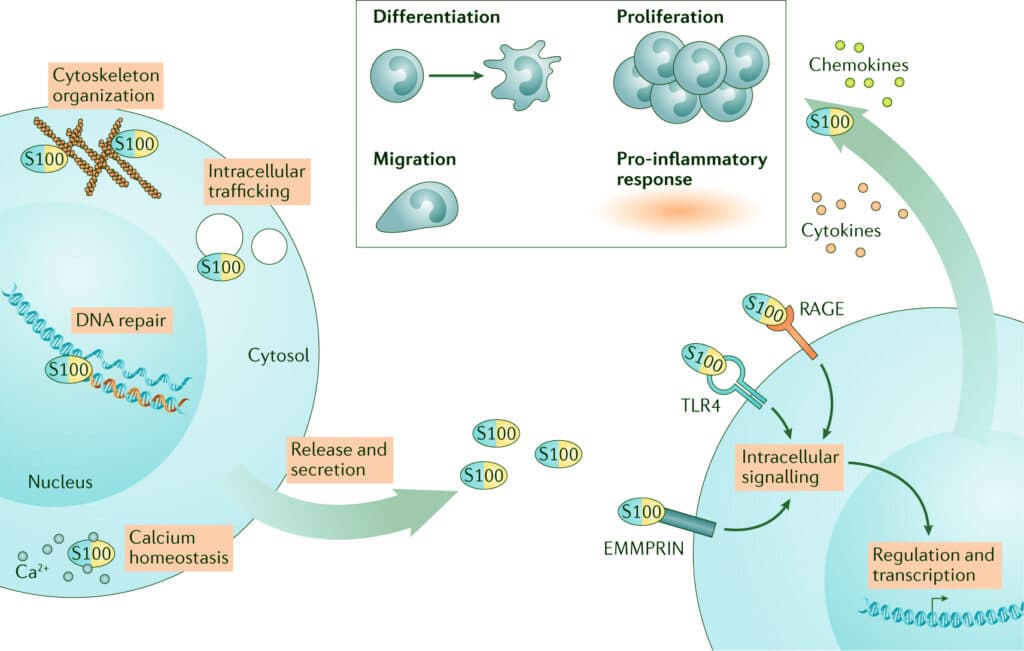
The S100 proteins, a family of calcium-binding cytosolic proteins, have a broad range of intracellular and extracellular functions through regulating calcium balance, cell apoptosis, migration, proliferation, differentiation, energy metabolism, and inflammation.
What does S100 Positive Mean?
S-100 protein (S-100B) is the most widely used marker for peripheral nerve sheath tumors. Although S-100 protein is positive in all benign Schwann cell tumors, this marker shows relatively low sensitivity for MPNST (at most, around 50%).
Reference:
- Marenholz I, Heizmann CW, Fritz G (2004). “S100 proteins in mouse and man: from evolution to function and pathology (including an update of the nomenclature)”. Biochemical and Biophysical Research Communications. 322 (4): 1111–22. doi:10.1016/j.bbrc.2004.07.096. PMID 15336958.
- Memari B, Bouttier M, Dimitrov V, Ouellette M, Behr MA, Fritz JH, White JH (2015). “Engagement of the Aryl Hydrocarbon Receptor in Mycobacterium tuberculosis-Infected Macrophages Has Pleiotropic Effects on Innate Immune Signaling”. Journal of Immunology. 195 (9): 4479–91. doi:10.4049/jimmunol.1501141. PMID 26416282.
- Wilson, AJ; Maddox, PH; Jenkins, D (January 1991). “CD1a and S100 antigen expression in skin Langerhans cells in patients with breast cancer”. The Journal of Pathology. 163 (1): 25–30. doi:10.1002/path.1711630106. PMID 2002421. S2CID 70911084.

